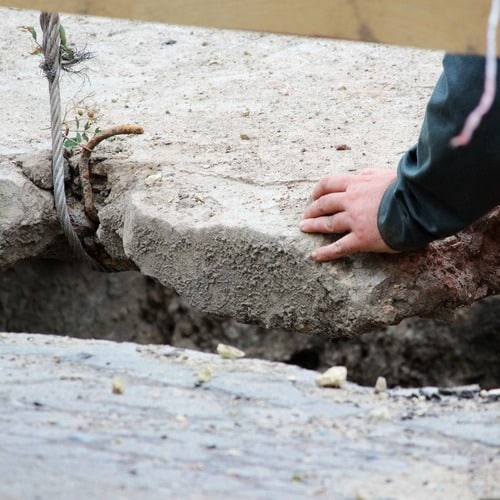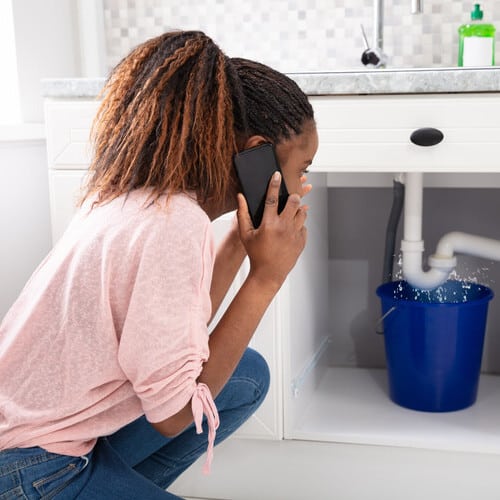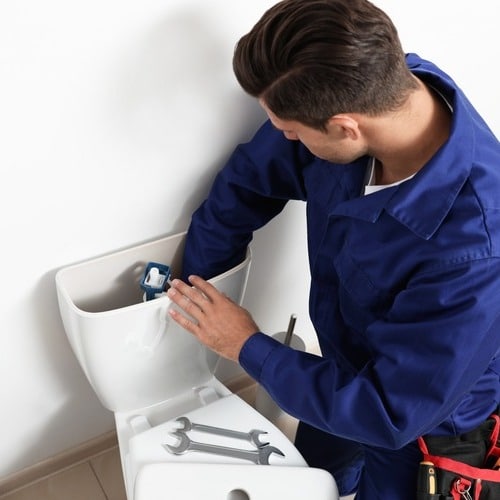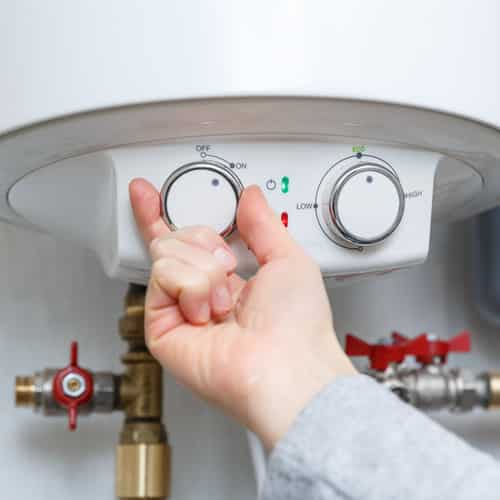
What is a Carbon Filtration System?
Most of the area in and around Allen, Texas, uses city water, which is held to federal guidelines with filtration. However, some homes use well water, which has basic guidelines and regulations but doesn’t always result in the safest, highest-quality standards. Carbon filtration systems can provide those homes with healthy, high-quality water.
Today, we’re all more aware of the things that are supposed to be good for us, and many of us are learning that the water coming into our homes isn’t always clean, healthy, and safe.
What is a carbon filtration system?
Carbon filtration systems remove contaminants by attracting undesired contaminants to the surface of the activated carbon, a process called adsorption. The carbon holds those contaminants, acting like a magnet attracting and holding iron filings. A carbon filtration system is also a catalyst for changing the chemical composition of other pollutants.
What will a carbon filtration system get rid of?
Today, carbon filtration systems are vital for many homes needing water filtration. The carbon has unique properties that remove up to ninety-nine percent of the contaminants and more in the way of the following:
- Suspended solids
- Volatile organic compounds
- Sediment
- Heavy metals
- Chloramines
- Chlorine
- Pesticides
… and many components of VOC products like gasoline, industrial cleaners, and solvents.
Can you drink the water from a carbon filtration system?
Yes, that is typically the main reason a homeowner has a carbon filtration system installed. It is recommended that a whole-house carbon filtration system be installed at the water’s point of entry to filter all the water coming into the home. This will ensure the water is safe for all forms of human consumption, drinking, and cooking, as well as for cleaning and bathing.
How much does a whole-house carbon filtration system cost?
A whole-house carbon filtration system guards your home’s water system by filtering harsh chemicals, like chlorine and the others listed above, to ensure the water is safe.
A whole-house carbon filtration system can be purchased for under $1,000 and up to $2,000. Having the system installed by a professional increases costs, ranging from $5,000 to $8,000 or more.
While this is considered an expensive upgrade, a carbon filtration system provides many benefits for your home. What are those benefits? Using charcoal for filtration has been done for centuries, but a carbon filtration system is the modern way to get clean, healthy, safe water. Some of the benefits your family will have from this addition to your home includes:
- No More Contaminants: The carbon filter absorbs and cleans water like a sponge. It can keep out asbestos, lead, trihalomethanes, certain pesticides, and VOCs (volatile organic compounds)—and it does it all without chemicals!
- Adds Minerals: An activated charcoal carbon filtration system purifies the water, leaving nutrients behind and adding calcium, iron, and magnesium.
- Easy to Maintain: Carbon filtration systems are easy to maintain. The only maintenance required is changing the filter about every three months.
- Filter Replacement Simple: The manufacturer’s instructions provide an easy step-by-step for filter replacement.
- Inexpensive: Carbon filtration systems are the most affordable on the market today.
- Better Tasting Water: Carbon filtration systems’ natural purification process leaves the water tasting better, leading to more water consumption.
- Environmentally Friendly: No more one-and-done water bottles in the landfills! You can fill your reusable water bottle with the carbon filtration system and have just as healthy water while saving money and the environment.
How long does a whole-house carbon filtration system last?
The tank will typically last up to 10 years or longer if you follow the maintenance steps recommended by the water specialist and manufacturer. The filter will need to be changed every three months, and possibly more for homes in areas with hard water.
Drink Up!
With a carbon filtration system, you want to know you’re getting your money’s worth. If you live in an area with hard water, a carbon filtration system will remove the minerals that make it hard, leaving you with cleaner skin and dishes and softer hair.
By removing the contaminants that aren’t good for human consumption, a carbon-filtration system makes the water better for your plumbing and water-using appliances. This includes the dishwasher, ice maker, and washing machine.
This is in addition to making your water healthier for bathing, cleaning, cooking, and drinking! With a sound carbon filtration system, the water may be better for you than the water your family and friends are getting in the city-supplied water system! Contact us if you’d like to learn more – call 469-253-5530 to speak to one of our professionals.




